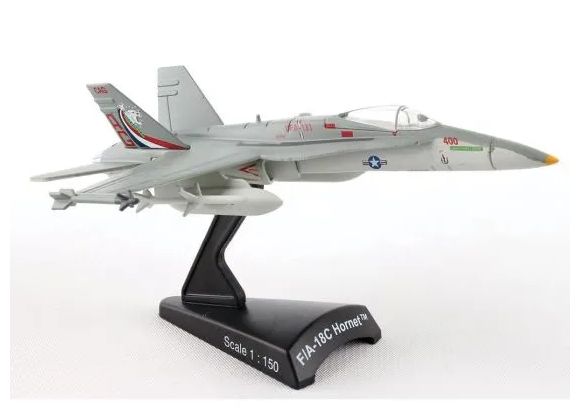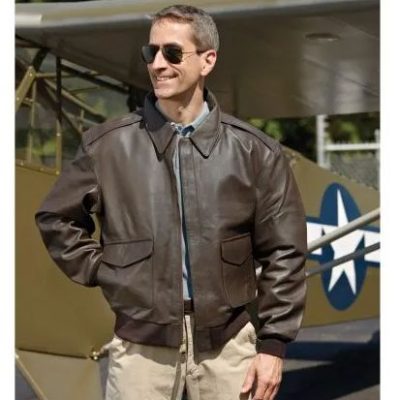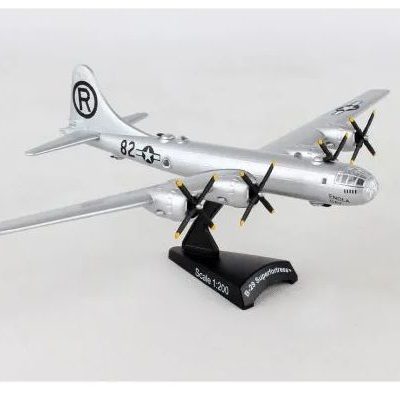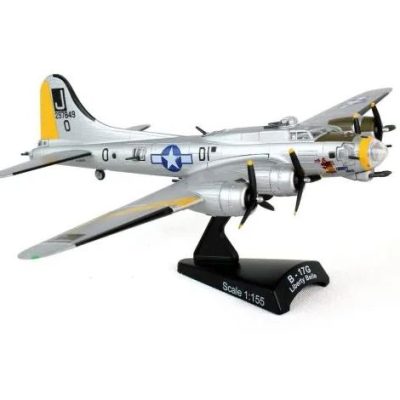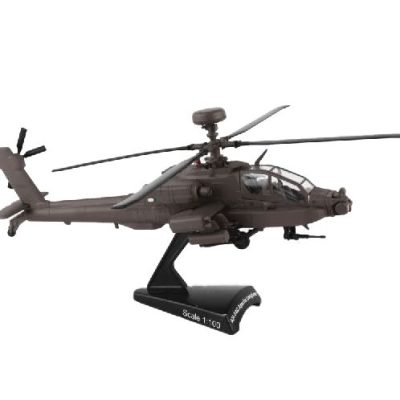Description
F/A-18C VFA-131 Wildcats Die-Cast Model
Type of Aircraft:All weather Fighter/Attack Supersonic Carrier and Land Base
Nation of Origin: USA for the USN and USMC
Period Operation: The Hornet first saw combat action during the 1986 United States bombing of Libya and subsequently participated in the 1991 Gulf War and 2003 Iraq War. The F/A-18 Hornet served as the baseline for the Boeing F/A-18E/F Super Hornet, its larger, evolutionary redesign, which supplanted both the older Hornet and the F-14 Tomcat in the U.S. Navy.
Produced: From: 1976 to Present
Role: Multi Role Bomber fighter, escort, Close Air Support, and Reconnaissance
Manufacturer: McDonnell Douglas Corporation
Historical Data of Aircraft:
From Wikipedia, the free encyclopedia
The McDonnell Douglas F/A-18 Hornet is an all-weather supersonic, twin-engine, carrier-capable, multi role combat aircraft, designed as both a fighter and attack aircraft (hence the F/A designation). Designed by McDonnell Douglas and Northrop, the F/A-18 was derived from the latter’s YF-17 in the 1970s for use by the United States Navy and Marine Corps. The Hornet is also used by the air forces of several other nations, and formerly by the U.S. Navy’s Flight Demonstration Squadron, the Blue Angels.
The F/A-18 was designed to be a highly versatile aircraft due to its avionics, cockpit displays, and excellent aerodynamic characteristics, with the ability to carry a wide variety of weapons. The aircraft can perform fighter escort, fleet air defense, suppression of enemy air defenses, air interdiction, close air support, and aerial reconnaissance. Its versatility and reliability have proven it to be a valuable carrier asset, though it has been criticized for its lack of range and payload compared to its earlier contemporaries, such as the Grumman F-14 Tomcat in the fighter and strike fighter role, and the Grumman A-6 Intruder and LTV A-7 Corsair II in the attack role.
The Hornet first saw combat action during the 1986 United States bombing of Libya and subsequently participated in the 1991 Gulf War and 2003 Iraq War. The F/A-18 Hornet served as the baseline for the Boeing F/A-18E/F Super Hornet, its larger, evolutionary redesign, which supplanted both the older Hornet and the F-14 Tomcat in the U.S. Navy.
The F/A F-18 Hornet was used in the second TOPGUN movie where Tom Cruise returned to the role of Maverick that led a bombing mission to destroy a nuclear enrichment facility. The F-35 Lightning also made an appearance in the TOPGUN:MAVERICK movie where it played bogies that the F-18 was up against. I personally enjoyed the second movie over the first.

